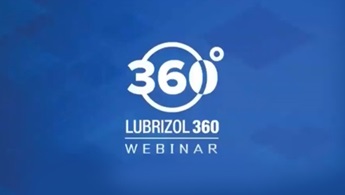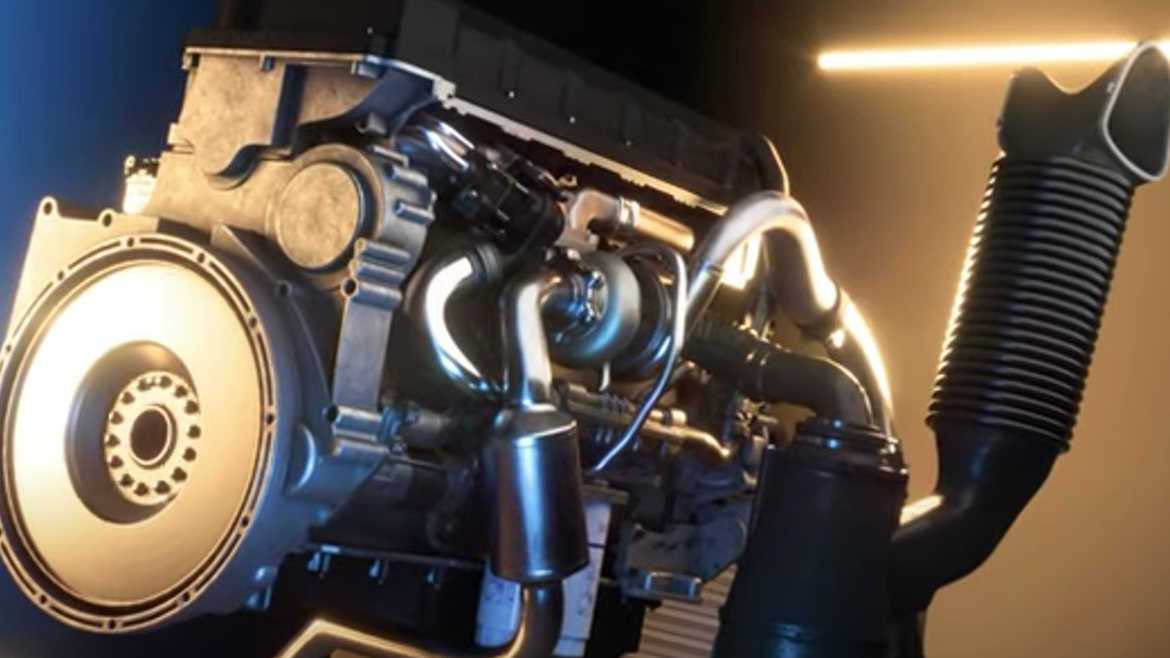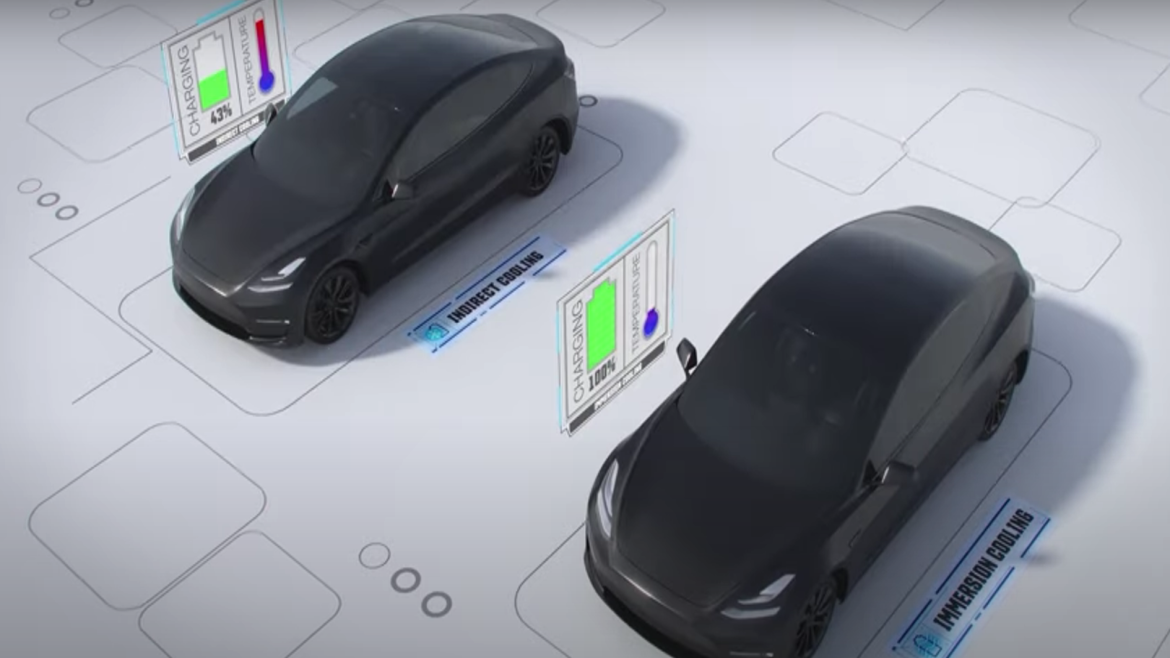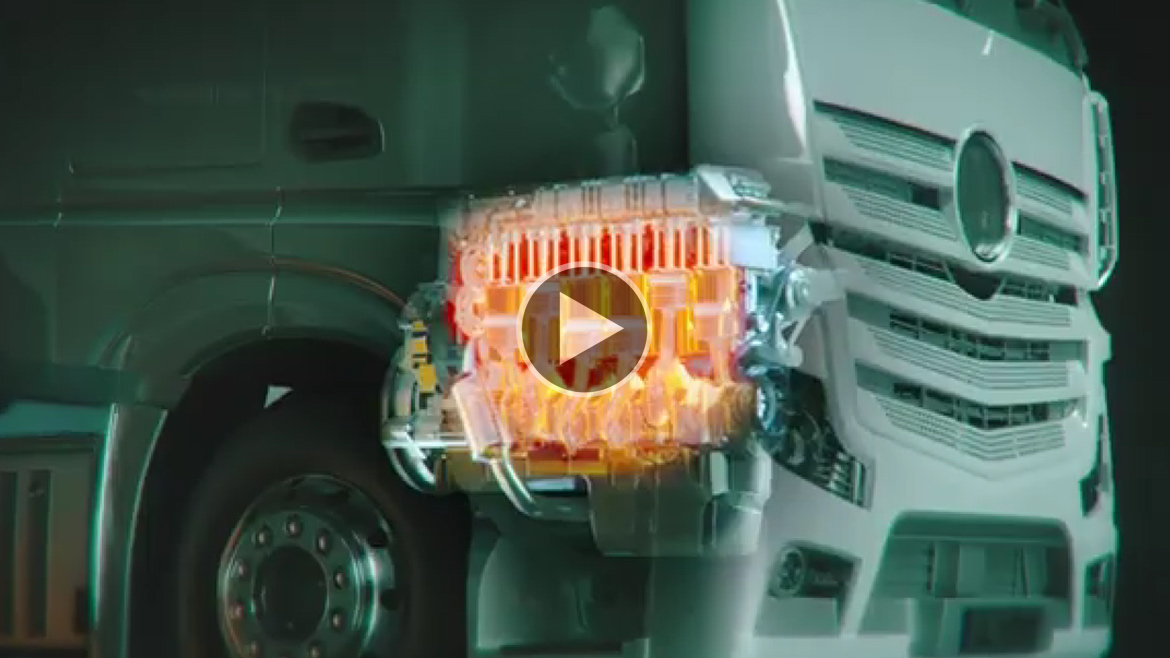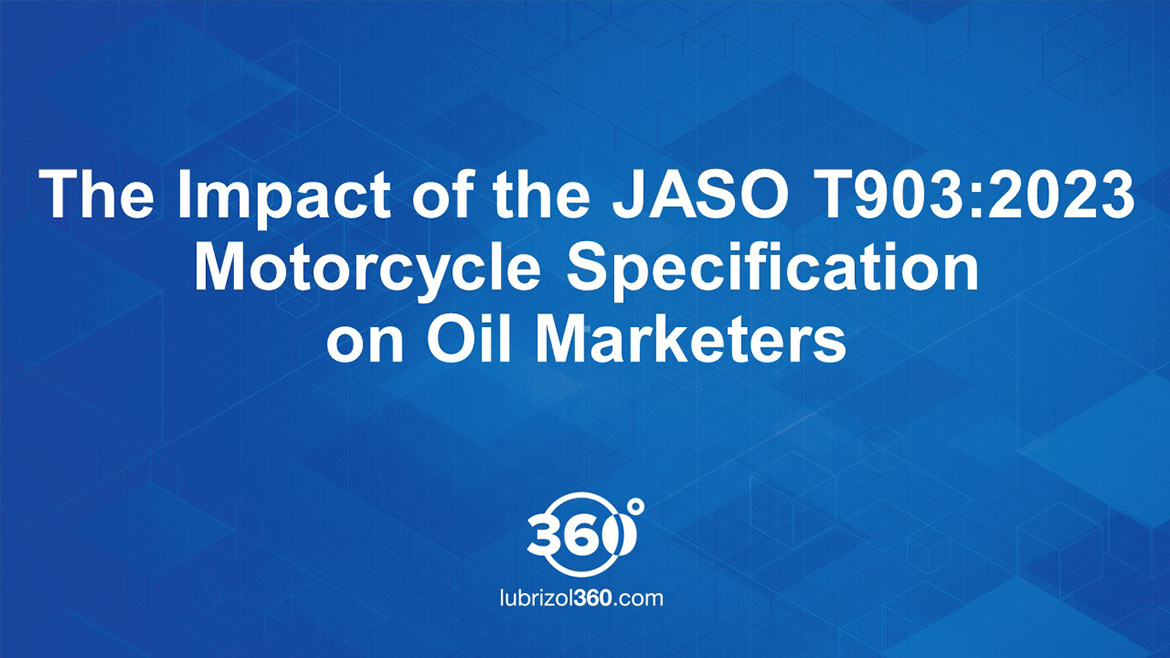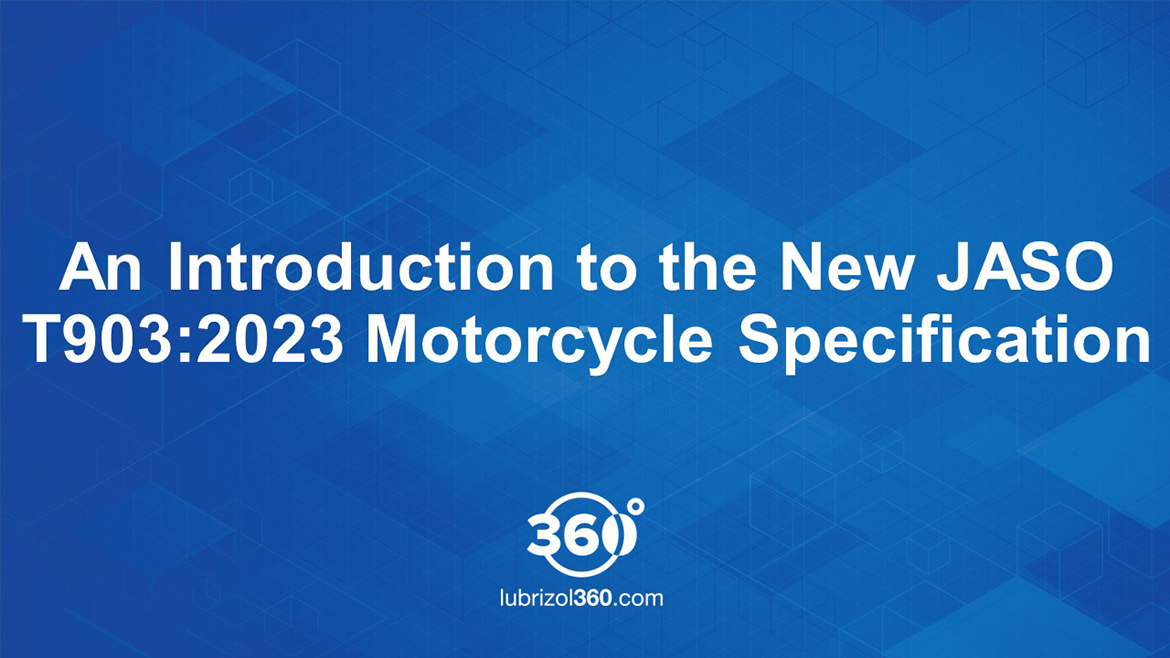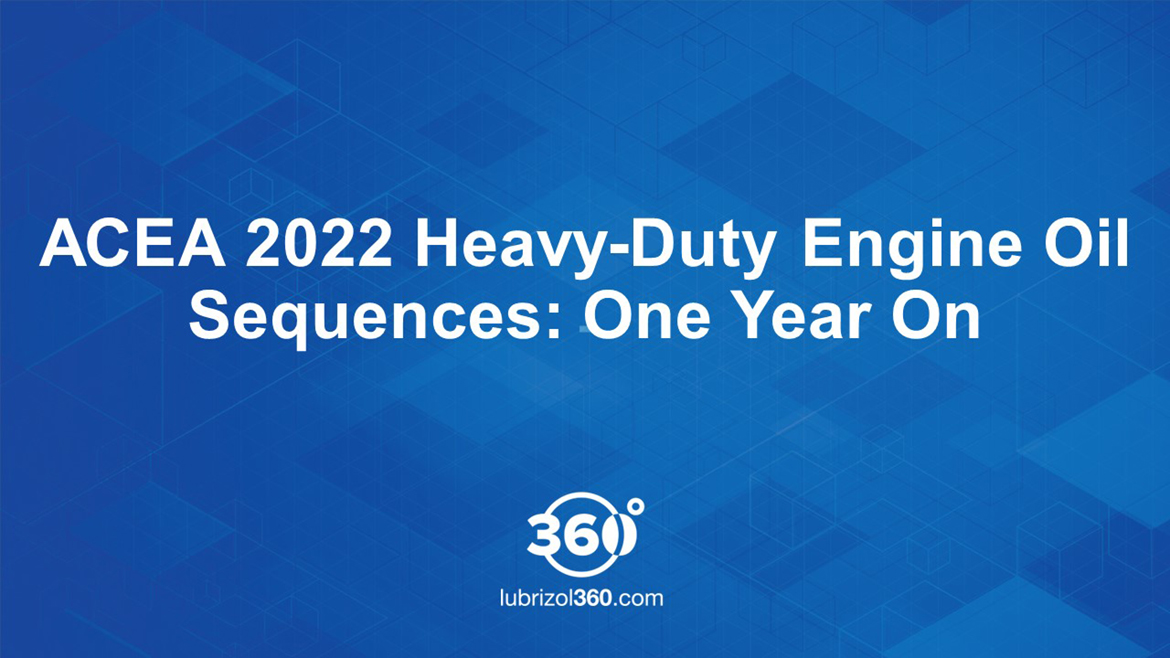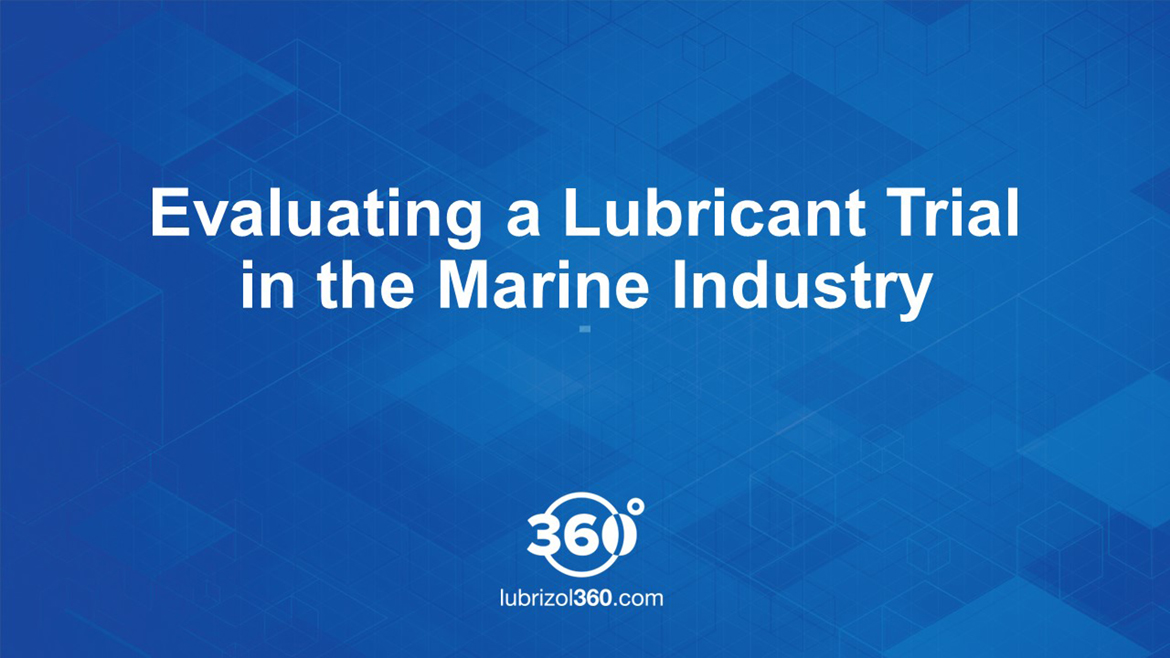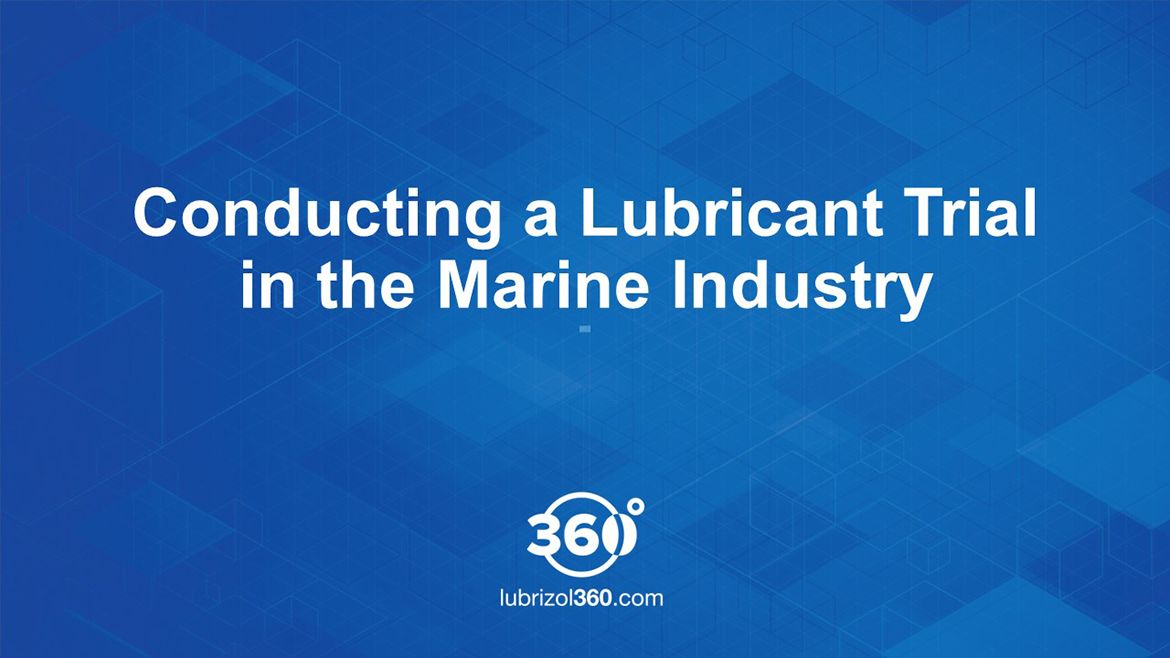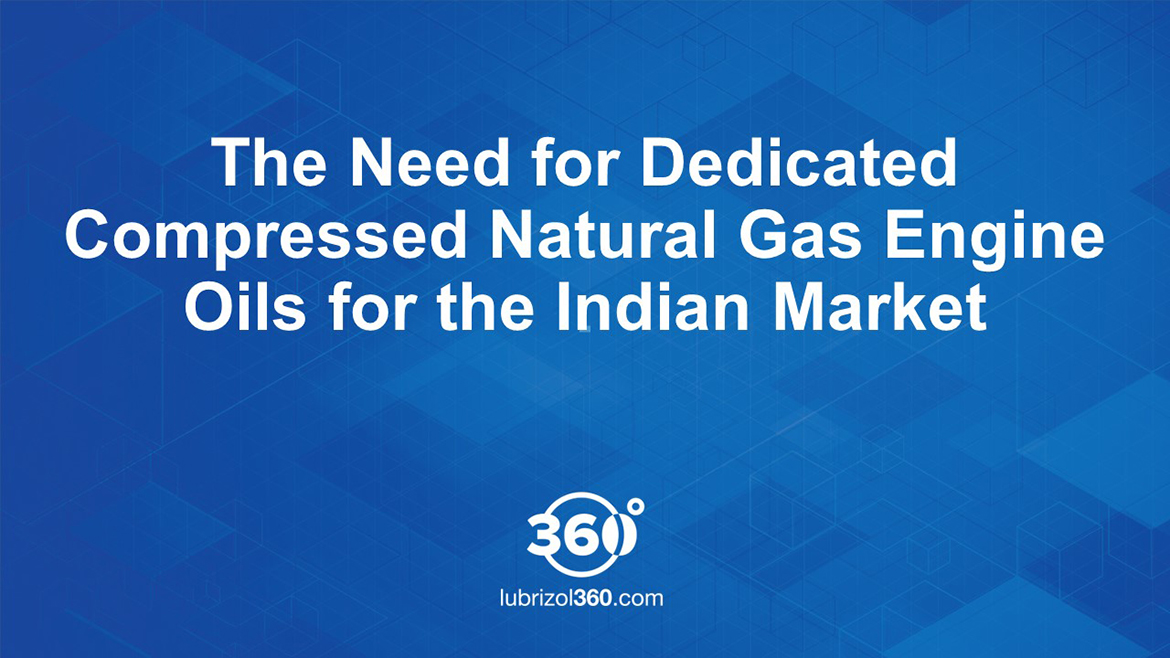Your trusted source for market trends, industry insights and the lubrication challenges of today's advanced hardware.

How Partnership Drives Innovative Product Solutions in Asia-Pacific
Apr 28, 2025
In the Asia-Pacific region, close relationships throughout the local value chain are necessary to deliver true solutions that meet major regional needs.

What to Know About the ACEA 2024 Heavy-Duty Update
Apr 18, 2025
The newest update to ACEA's Heavy-Duty Engine Oil sequences – ACEA 2024 – arrived in December 2024 after being announced in October.

How We're Driving Strategic Growth in a Vibrant Region
Apr 15, 2025
India is one of the world’s biggest growth regions, with significant new opportunity for high-performance solutions.
Satisfy Demand Without Compromise in the Asia-Pacific Region / Passenger Cars
Creating Solutions in IMEA that Support the Industry's Changing Requirements / Perspectives Series
Focus On: ILSAC GF-7

Ushering in a New Era of Engine Oil Performance
February 05, 2025
LSAC GF-7, the next North American engine oil specification, goes into effect this spring. Developed to help satisfy fuel economy regulations, GF-7 is a showcase for what’s possible with advanced engine oil technology.
Readying Your Operations for GF-7 First License
December 13, 2024
Optimizing your blending operations for ILSAC GF-7 passenger car engine oils is critical for success. Here are some things to consider ahead of first license.
A Growing Need for Additive Versatility
December 04, 2024
Lubrizol shared perspectives on ILSAC GF-7 and what it will mean for the industry with Lubes and Greases. ILSAC GF-7, the upcoming North American passenger car engine oil specification, is set to be officially licensed on March 31, 2025, establishing a new performance standard across the industry.
